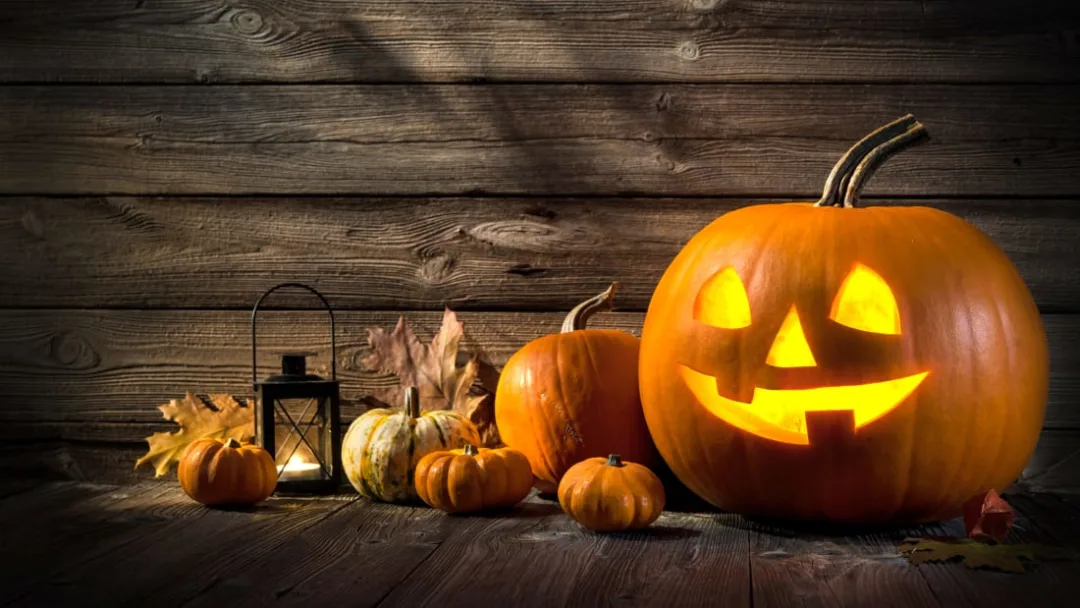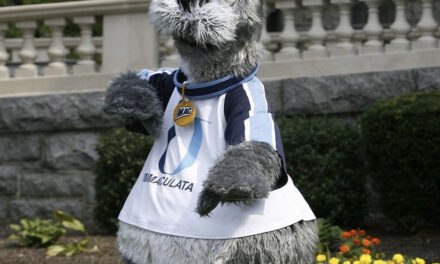Jessica Wolfgang ’25, Staff Writer
‘Tis The Season:
As the cool breeze rolls into town, bringing with it different colored leaves and pumpkin smells, some of us may instantly recognize this season: Fall. Fall is the season where some people begin to collect pumpkins, buy a spiced warm latte, or even rake up leaves that have fallen to the ground. However, to others, fall brings with it an odd chill. Stores packed to the brim with skeletons, ghouls, vampires, as well as gutted carved husks of pumpkins and an important holiday: Halloween.
Halloween Today:
Halloween, which occurs on October 31st, is an important holiday in most people’s lives. It is a time when people prepare to dress up their house, themselves, and seek or give out candy. Taking the National Holiday very seriously, people will constantly visit their local stores to get their “spooky season on.” Some prepare months in advance! People consistently prepare for the spooky season by watching creepy, but well-loved classic movies. With Hocus Pocus 2, the sequel to a well-loved Halloween movie, Hocus Pocus, coming out this October, more and more people will take this holiday seriously. In fact, the holiday has become so popular, other countries and cultures are just as familiar with it as American society. Though it is such an important holiday today, where did Halloween come from? When did Halloween become an actual thing? Why has Halloween been so commercialized?
Years ago, The Celtics
Years and years ago, the Celts celebrated the festival of Samhain. According to History.com, the Celts lived about 2,000 years ago in the regions of Northern France, Ireland, and the United Kingdom. The festival of Samhain was celebrated on November 1st and they welcomed this day as their new year, due to the end of summer harvests and the beginning of winter. This season of winter was associated with death, and on October 31st they believed the souls of those who had passed on would return to earth. Druids, or Celtic Priests, would take this opportunity of the dead visiting to make predictions for the long upcoming winter. To celebrate the event, Druids built bonfires, burned animal sacrifices to their Celtic gods, and wore costumes made from animals.
The Coming of Halloween
Some time later, the area where the Celtics had lived was conquered by the Romans (43 A.D.). Eventually, with the help of Pope Boniface, Pope Gregory III, and the Church, November 1st was declared All Saints’ Day, and November 2nd All Souls’ Day. All Soul’s Day was celebrated with bonfires and dressing up in costumes of angels, devils, or saints. All Saint’s Day, November 1st, was referred to as Hallow-Mas, with October 31st being referred to as All-Hallows Eve.
The new concept of Halloween began to slowly creep into America. The traditions consisted of parties that praised the harvest, sang and danced, told stories of the dead, and predicted each other’s fortunes. In the 19th century, America welcomed immigrants, especially those from Ireland, who had escaped Ireland due to the Irish Potato Famine. Due to the Irish immigrants’ culture, America became more immersed with the tradition of Halloween. Years followed, bringing with it traditions of trick-or-treating, parties, and the grotesque creepy costumes that we come to know today as Halloween.
Conclusion:
Halloween, our beloved friend, brings with it 2,000 years of ancient history. Adoring our friend’s culture and past, we come to embrace Halloween with a warm welcome each year.





